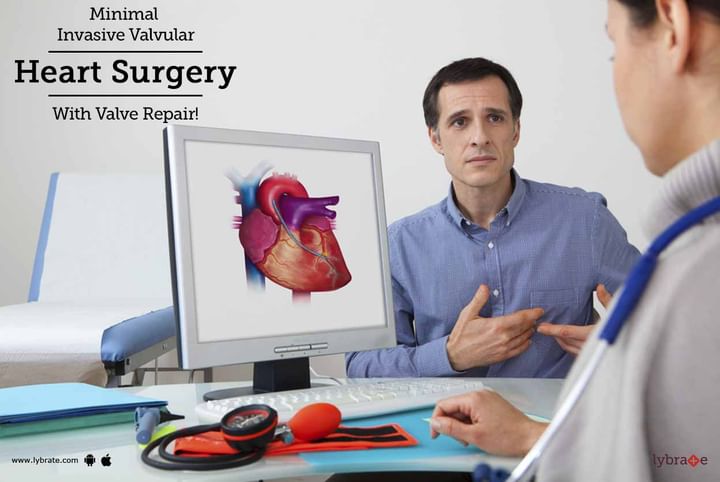Minimal Invasive Valvular Heart Surgery With Valve Repair!
The heart is a 4-chambered organ and acts like a pump by collecting and sending out blood from and to all parts of the body. It has blood vessels coming into it and branching out of it for this. The beauty of it though is that the blood flow is controlled to happen in one direction with a set of small valves, which are muscular tissues that close and open to allow for blood flow.
There are 4 sets of valves:
- Mitral which regulate blood flow between the two ventricles
- Tricuspid which controls blood flow between the two arteries
- Aortic which controls blood flow from the left ventricle to the aorta
- Pulmonary which ensures proper blood flow from the right ventricle to the pulmonary veins.
Problem with any of these can cause improper blood flow and lead to complications. The two common issues with these valves are stenosis and prolapse. In the first instance, the valves may not open and close fully. In the second instance, closure is affected so blood can flow back into the area of origin. While some develop later in life, others are congenital.
The most effective and definitive treatment for these would be valve replacement. Earlier, this would require open heart surgery. However, with advances in medicine, these can now be done as endoscopic procedures that are minimally invasive.
Minimally invasive techniques include:
- The aortic valve which is critical and can require replacement is now replaced using a process called transcatheter aortic valve replacement (TAVR). A catheter or a tube is inserted via an incision in the neck or groin and then a new valve is carried through the catheter and placed in the position of the aorta.
- Video-assisted surgeries are also getting popular, where the doctor sees the entire process on a monitor and goes about replacing the valve.
- With robots gaining popularity, robot-assisted surgery is also used for valve replacements. This is believed to be a lot more precise with fewer chances of human errors.
- One point to note though is that not everybody is a candidate for minimally invasive valve surgery. It is recommended to seek a second opinion before going for a valve replacement surgery. The key deciding factor would be which procedure would ensure definitive treatment of the valvular problem in the patient.
Advantages:
- No major scarring or wound on the chest
- Reduced chances of infection
- Shorter hospital stay
- Shorter postop recovery
- Reduced blood loss
Deciding factors:
- Overall health status
- Age
- Type of problem
- The severity of the problem
- Comorbid factors (lifestyle and other diseases)



+1.svg)
